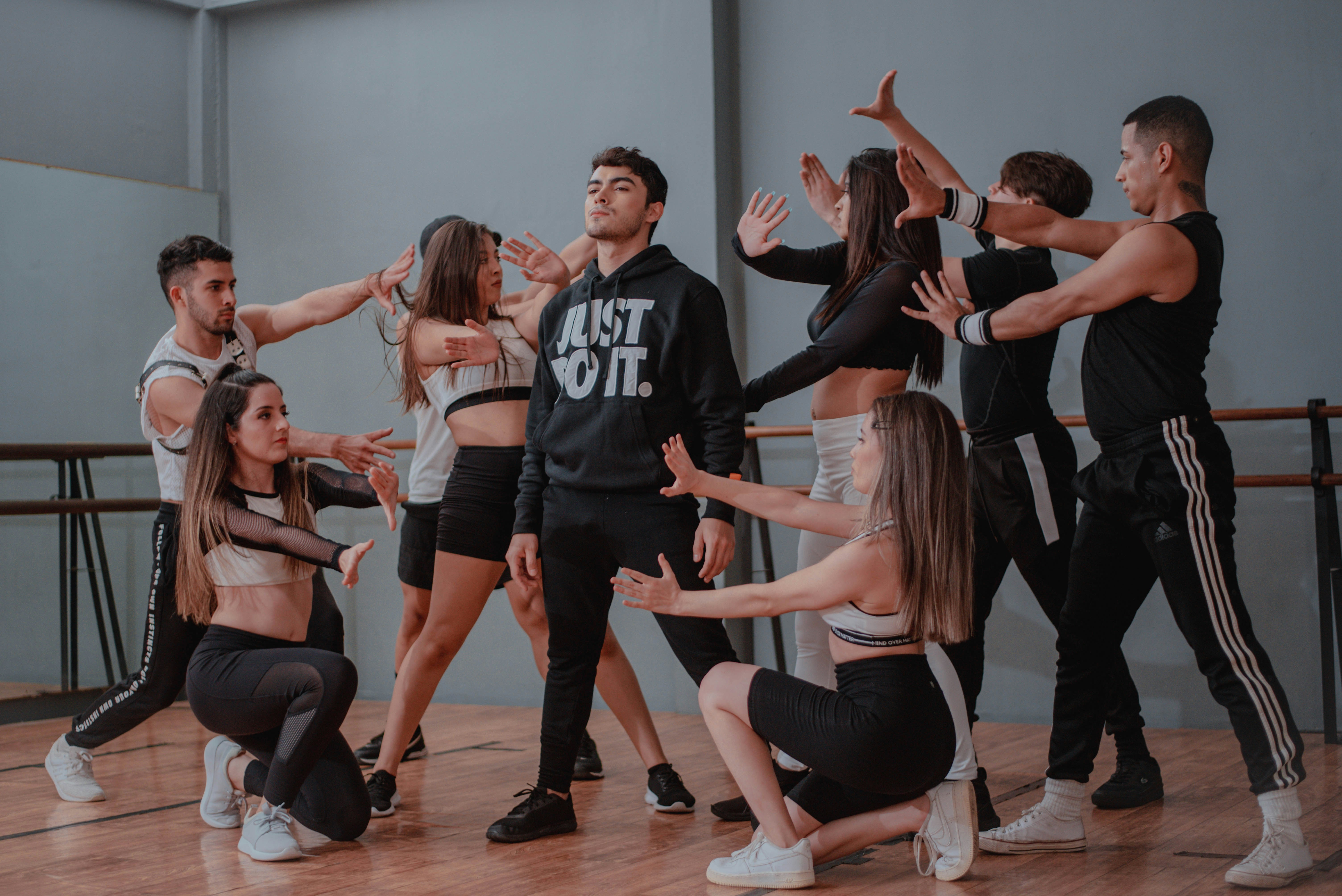A Lens into the Phenomenon of Food Artistry: From Kitchen to Canvas
Take a seat at the table of a new creative frontier. Not in the traditional art studio, but in the kitchen. Culinary creativity steps out of the recipe box and onto the canvas, as the phenomenon of food artistry unfolds before our eyes.

Food Artistry: A Historical Palette
The artistry of food is not a new concept. Historically, food has been a medium of artistic expression since ancient civilizations. The Greek symposia and Roman banquets were more than mere feasts—they were spectacles, using cuisine as a canvas to show off wealth and power. In the Renaissance, artists began to use food as subjects in their paintings, capturing the textures, colors, and forms of different gastronomic delights.
From Edible to Aesthetic: The Artistic Shift
In the past decade, food artistry has emerged from its gastronomic chrysalis into an all-encompassing art form. Chefs and artists began to blur the lines between the kitchen and the studio, creating visually stunning dishes that challenge our perception of what food should look like. This shift has been significantly shaped by the rise of social media platforms like Instagram, where food photos garner millions of likes and shares, pushing chefs to prioritize aesthetics in their culinary creations.
The Impact of Food Artistry: A New Culinary Culture
The repercussions of this artistic movement are far-reaching, reshaping dining culture and transforming the way we perceive food. High-end restaurants, in particular, are emphasizing the visual aspect of their dishes, turning each plate into a miniature painting. This cultural shift is not limited to fine dining establishments. Even fast-food chains are hopping onto the aesthetic bandwagon, redesigning their food presentation to appeal to the Instagram generation.
The Significance of Food Artistry: Beyond the Kitchen
Beyond its impact on the culinary world, food artistry is also changing the landscape of the art world. Some artists are using food as a medium to explore significant societal issues such as sustainability, waste, and consumption. This goes to show how food artistry can transcend the realms of gastronomy, becoming a powerful tool for social commentary and invoking thought-provoking discussions.
The Future of Food Artistry: The Next Course
As we gaze into the crystal ball of culinary arts, the future of food artistry looks promising. With a growing emphasis on sustainability, chefs and artists are likely to experiment with food waste, turning leftovers into beautiful creations that carry a strong environmental message. Meanwhile, technology will also play a pivotal role in shaping the evolution of food artistry, with 3D food printing and augmented reality poised to take gastronomic creativity to uncharted territories.
In conclusion, food artistry is more than a fleeting trend—it is a testament to the endless possibilities of creative expression. As it continues to evolve, we can expect to see more tantalizing displays of gastronomic brilliance that feed both our eyes and our appetites. The canvas is set, the colors are edible, and the masterpiece? Well, that is yet to be tasted.




